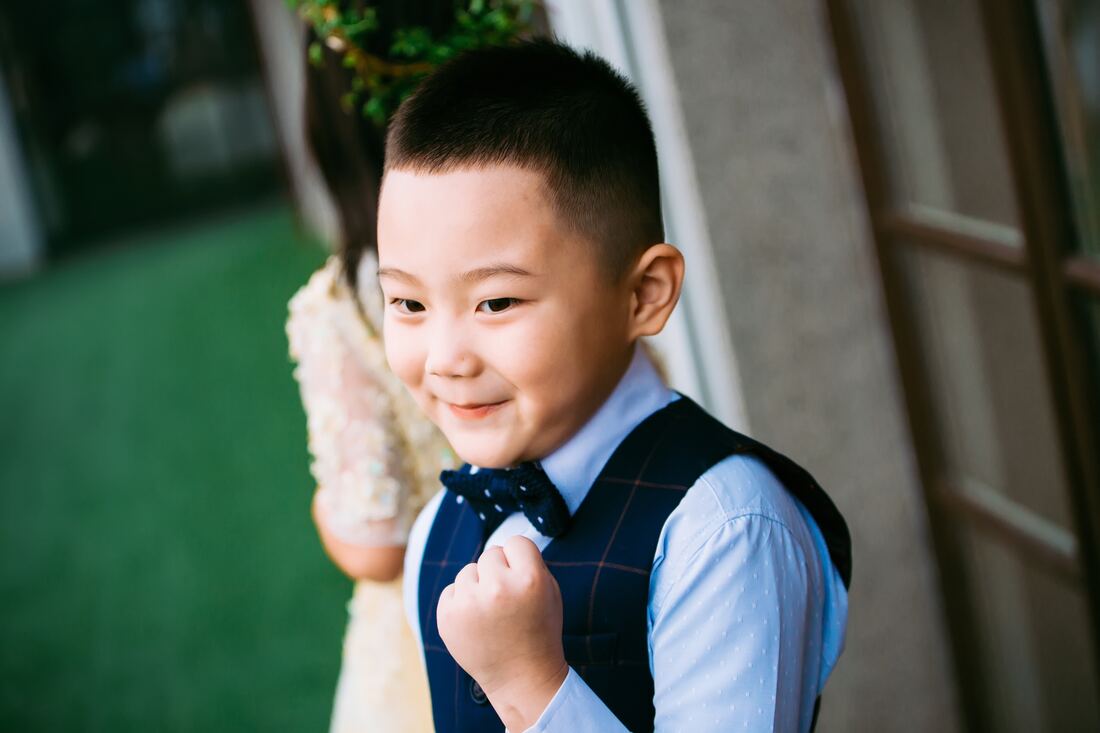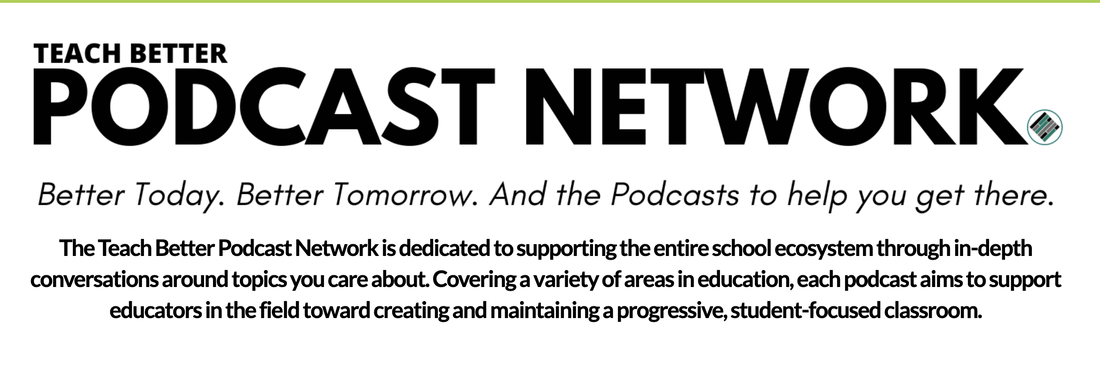|
As educators and practitioners of teachership, we strive to think big, act brave, and be our best selves. Why?
If you haven’t read the previous 3 blog posts, I encourage you to go back and take a look to learn more about these three ideas. Knowing these things are good for us as educators, could they also help students? Yes! Absolutely. Imagine...a school full of students who think big, thus accomplishing more and seeking new knowledge on their own because they are genuinely excited to meet their goals. With this new knowledge, they are able to act brave and lead change for educational equity by serving in leadership roles within their schools. As a result, they experience improved agency, competence, civic efficacy, academic performance, and relationships with peers and adults (Mitra, 2018), and the school benefits from the better organizational decisions made in the form of students’ improved academic performance. Students are able to identify when they are at their best, resulting in a state of flow when they are at school, feeling alive and fulfilled, and improved physiological health. Sounds good to me. So, how do we make this happen? Here are three small steps you could take to foster “studentship”:
In the next week, try just one of these small steps. I’d love to hear what you do and how it goes. Respond in the comments below, post on Twitter and tag me @lyons_lb, or tag me, Lindsay Lyons, on a LinkedIn post. And if it gets tricky—and it probably will because this work is not easy—reread this blog post to remind yourself of all the benefits for you and your students when you think big, act brave, and be your best self.
0 Comments
Leave a Reply. |
Details
For transcripts of episodes (and the option to search for terms in transcripts), click here!
Time for Teachership is now a proud member of the...AuthorLindsay Lyons (she/her) is an educational justice coach who works with teachers and school leaders to inspire educational innovation for racial and gender justice, design curricula grounded in student voice, and build capacity for shared leadership. Lindsay taught in NYC public schools, holds a PhD in Leadership and Change, and is the founder of the educational blog and podcast, Time for Teachership. Archives
May 2024
Categories |


 RSS Feed
RSS Feed